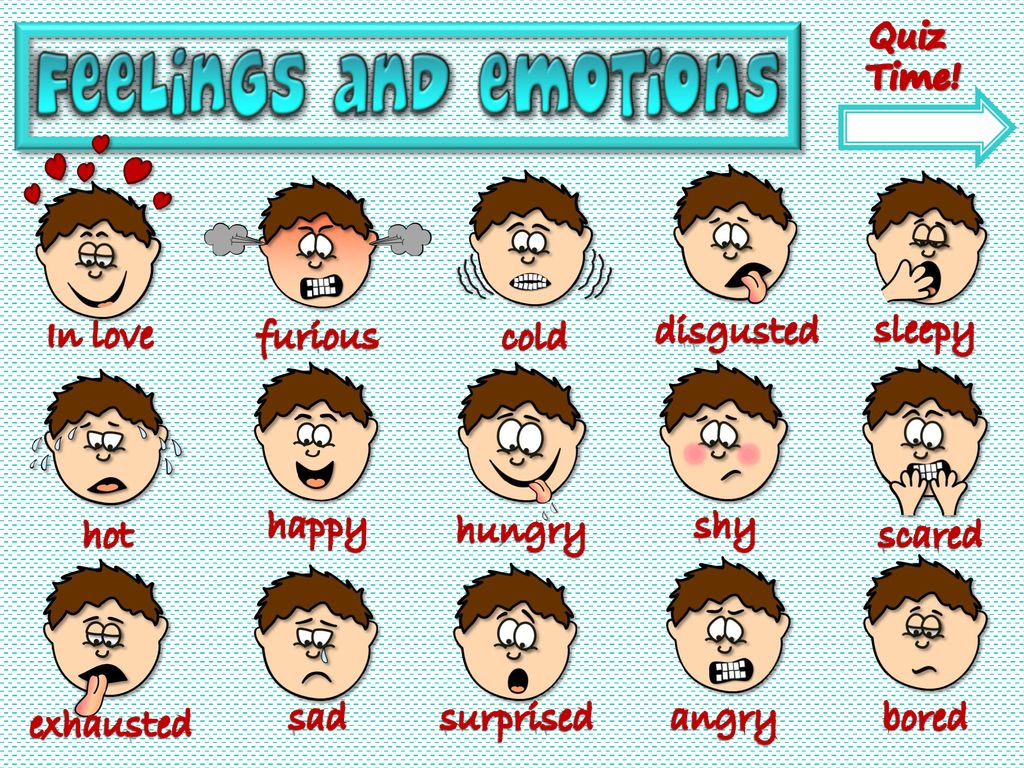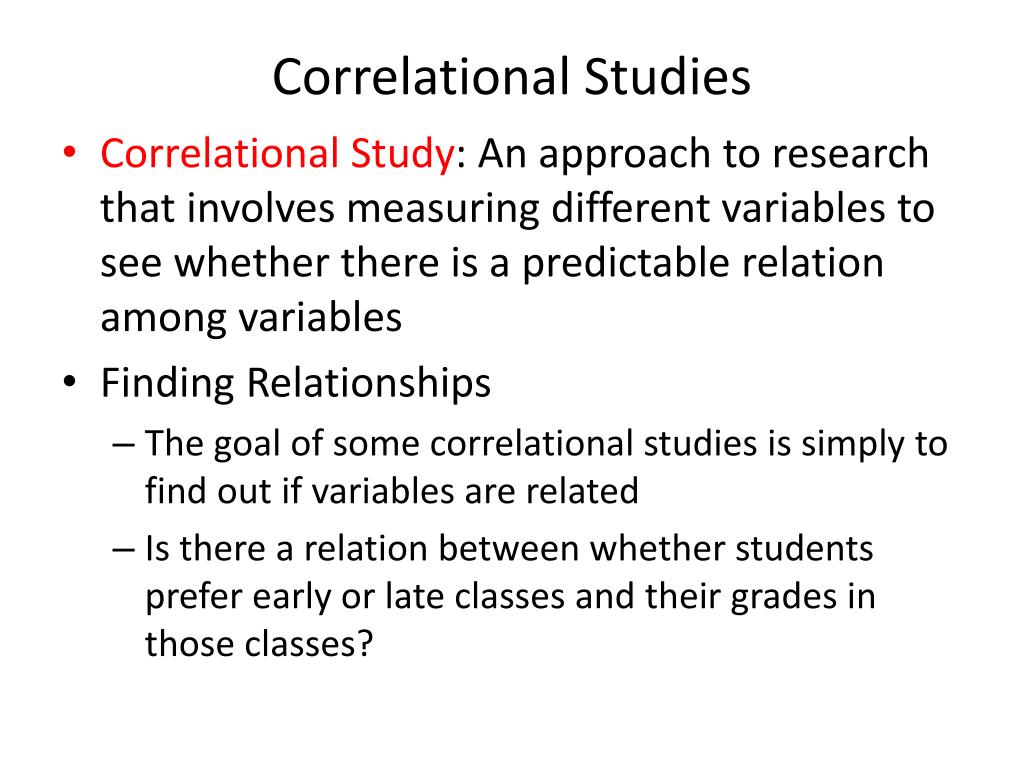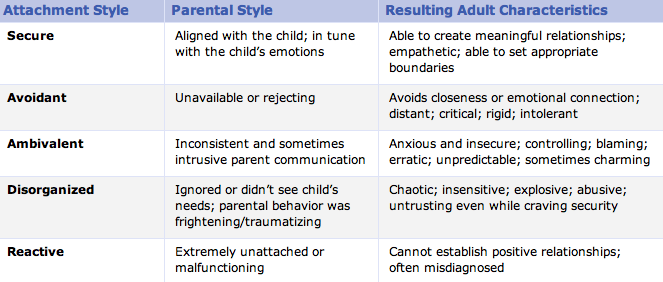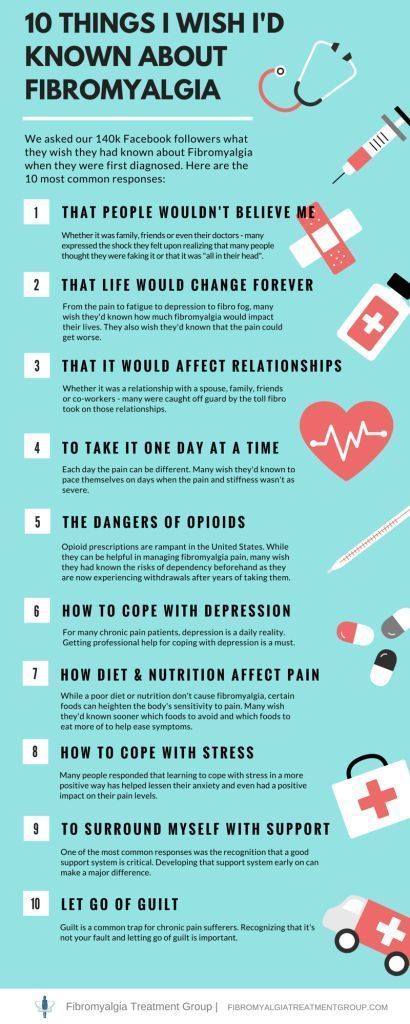Overstimulation of the brain
What Is Sensory Overload? Know How to Deal with Overstimulation
Jump to section
What is sensory overload?
What causes sensory overload?
What does sensory overload feel like?
Sensory overload and anxiety
How to deal with sensory overload
You probably already know that we have at least five senses — touch, sight, hearing, smell, and taste — though some say we have many more. These senses are crucial to our day-to-day lives as they link us to the world around us.
But what happens when our senses become too much for us to handle? This is what is known as sensory overload.
Let’s discuss some tips on how to deal with sensory overload and what this experience feels like.
What is sensory overload?
Sensory overload is when one or many of your senses become overstimulated. This overstimulation happens because of external stimuli in your environment. It’s when your senses take in more information than your brain can process.
This overstimulation of the senses can be overwhelming and exhausting. Thankfully, there are coping strategies for sensory overload.
For example, your sense of hearing may become overwhelmed when exposed to very loud music. Or your vision could feel overloaded when exposed to bright fluorescent lights.
Anyone of any age can experience sensory overload from time to time. However, it is particularly prevalent in children. This is because children's brains are still developing and learning how to sort through different kinds of stimulation.
Studies show that 1 in every 6 children have sensory processing difficulties. In certain groups, this prevalence can even range from 80–100%.
Adults with undiagnosed attention deficit hyperactivity disorder (ADHD) and autism may also be especially prone to sensory overload. Yet, they may not be aware of why they are overwhelmed by certain stimuli until they are officially diagnosed by a professional.
There are still many barriers to this process.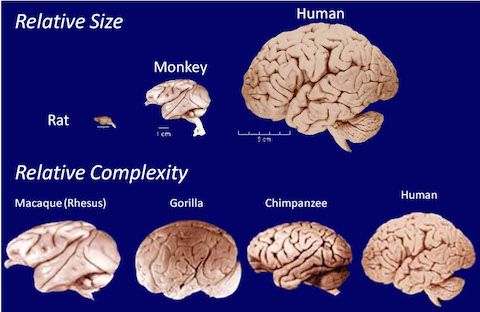 One of which is the under-diagnosis of women due to male-centric diagnostic criteria.
One of which is the under-diagnosis of women due to male-centric diagnostic criteria.
Adults with certain medical conditions may also be more likely to experience sensory hypersensitivity. These conditions include:
- Fibromyalgia
- Chronic fatigue syndrome
- Tourette’s syndrome
- Multiple sclerosis
What causes sensory overload?
So, what is sensory overload on a neurological level?
The human brain functions like a highly complex organic computer system. Your senses relay information from your surrounding environment to your brain. In turn, your brain interprets this information. It then instructs your body on how to react to these stimuli.
Sometimes, there is competing sensory data coming to your brain from your environment. Your brain may struggle to interpret all of this information at the same time.
In some people, it feels as though their brains have become ‘stuck.’ Their brain becomes unable to prioritize which pieces of sensory information it should focus on first.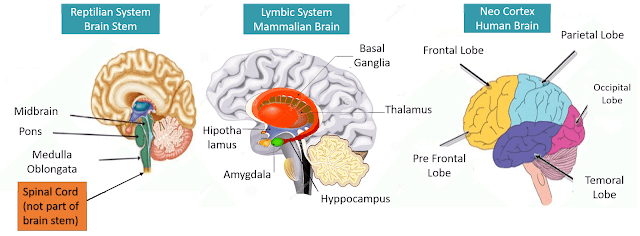
When this happens, your brain becomes overwhelmed. It will send signals to your body, instructing it to get away from the more overwhelming pieces of sensory input it is receiving.
Essentially, your brain feels trapped by the high volumes of input it’s picking up on. Your body begins to panic in a bid to try to protect you from overwhelming stimuli.
Some of the most common causes of sensory overload include:
- Exposure to bright lights. Bright, fluorescent, or flashing lights are common triggers for many sensitive people. Particularly if these lights are accompanied by loud music or large crowds of people.
- Loud noises. Any loud noise can trigger sensory overload. This is especially true for loud sounds that come from multiple sources at the same time. An example of this is many people talking.
- Certain textures. Many people with autism or ADHD are averse to certain food and tactile textures.
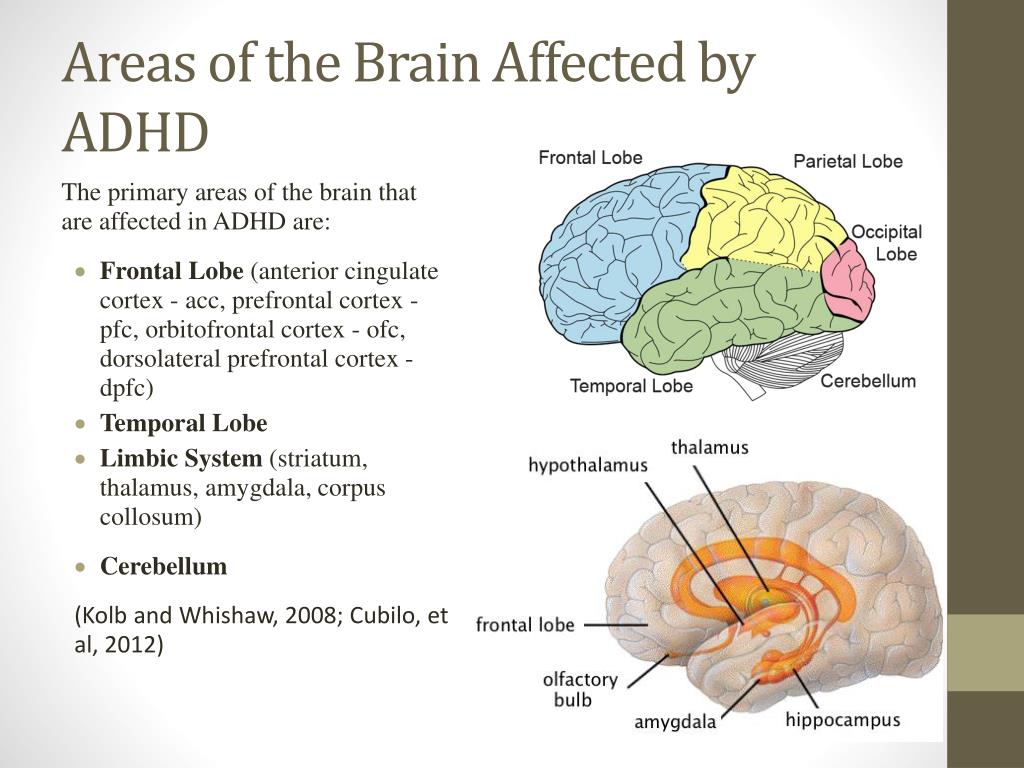 People who are sensitive to textures tend to avoid foods that are slimy, mushy, or rubbery. They also steer clear of textures that are rough. For example, they may avoid scratchy fabrics and sandpaper.
People who are sensitive to textures tend to avoid foods that are slimy, mushy, or rubbery. They also steer clear of textures that are rough. For example, they may avoid scratchy fabrics and sandpaper. - Crowded spaces. Crowds provide the brain with vast amounts of tactile and sensory stimulation. This can quickly become overwhelming.
- Stress. Stress and fatigue can contribute to sensory processing issues. When your brain is stressed and exhausted, it is less capable of processing multiple sensory stimuli. It may become more easily overloaded.
What does sensory overload feel like?
The symptoms of sensory overload vary from person to person.
Some people may be overwhelmed by loud traffic noises. Others may be overwhelmed by multiple conversations going on at the same time. Some may become extremely restless when exposed to certain food textures. Others will prefer to stay put and manually block out loud noises or bright lights with their hands.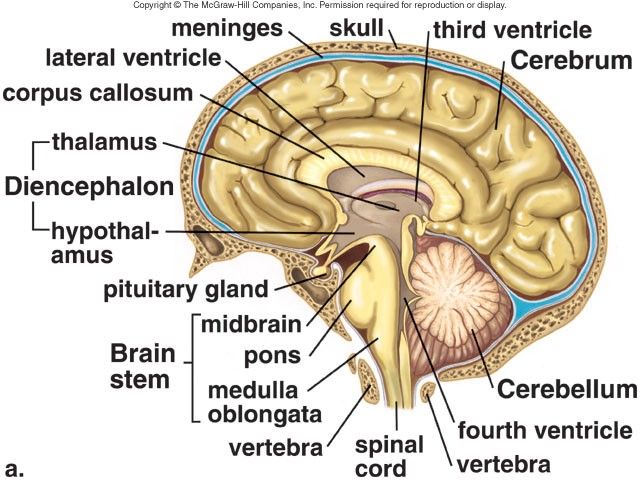
When asking, “What does sensory overload feel like?”, it’s important to recognize that we all react differently to different types of stress. However, there are a few reactions that are common to the general experience of sensory overload. These include:
- An urge to cover your ears and eyes. This is a physical way to block out overwhelming sensory input and ‘reset’ your senses. Some people may use noise-canceling headphones or eye masks to shut out external stimuli as well.
- Restlessness. Restlessness and fidgeting are signs of physical and sensory discomfort. People who are experiencing sensory overload may want to get as far away from the unpleasant stimuli as possible. They will want to leave the immediate area to go somewhere quieter or less overwhelming.
- Extreme discomfort. Some people who are overstimulated may experience extreme emotional or even physical discomfort. They may display extreme irritability, anxiety, or fear.
 Some may voice their discomfort by crying or throwing tantrums. Or, they may even show aggression.
Some may voice their discomfort by crying or throwing tantrums. Or, they may even show aggression. - Panic. People who are in extreme discomfort from overstimulation may show many of the common symptoms of a panic attack. Especially if they are not able to get away from the stimuli causing their discomfort.
- Physical, mental, and emotional exhaustion. The strain on your mental health from sensory overload can leave people feeling physically, mentally, and emotionally exhausted. You may need to rest socially, mentally, and physically by spending plenty of time alone. This way, you can recharge and avoid burnout.
Sensory overload and anxiety
Sensory overload and anxiety are intrinsically related to one another. Sensory overload can easily cause stress and anxiety.
When we feel anxious, our bodies undergo a chemical stress response. This stress response causes changes throughout our bodies. These changes give us an emergency energy boost when we perceive that we are in danger.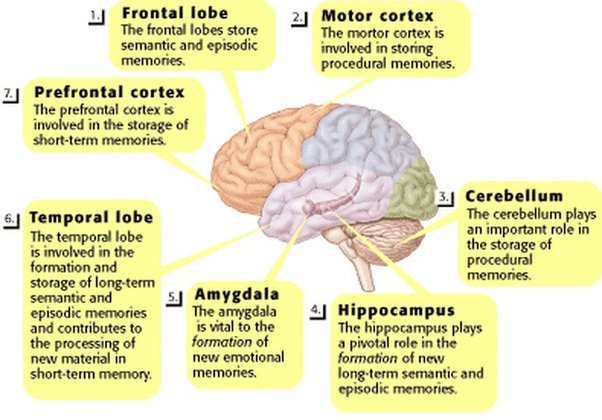 Our stress hormones, including adrenaline and cortisol, are stimulant hormones.
Our stress hormones, including adrenaline and cortisol, are stimulant hormones.
This stress response heightens most of the body’s senses. It stimulates the nervous system and certain parts of the brain. It also stimulates the body. These changes can heighten the body’s sensory reception. Which in turn can lead to a vicious cycle of sensory overload and anxiety in the future.
The more overwhelmed you are by your senses, the more stressed you become. And the more stressed and anxious you are, the more prone you are to further sensory overload in the future.
Many people report experiencing heightened senses when they are anxious or stressed.
When you feel anxiety too often, your body may not have enough time to recover from stress response changes. This incomplete recovery can cause a state of ‘stress response readiness.’ This is better known as stress-response hyperstimulation.
Chronic hyperstimulation can cause ongoing changes throughout your body. These include continually heightened senses, which can lead to chronic sensory overload.
These include continually heightened senses, which can lead to chronic sensory overload.
Managing your anxiety may be the key to managing sensory overload. Especially if you experience chronic stress or feel constantly anxious for long periods of time.
It’s also important to manage anxiety to limit the negative effects that stress hormone production has on your physical health. Chronic stress can leave us more prone to developing lifestyle diseases such as:
- Cardiovascular disease
- Type II diabetes
- Stroke
How to deal with sensory overload
There are many ways to learn how to deal with sensory overload, regardless of your unique triggers. Here’s how to help sensory overload.
1. Seek professional help
If you are struggling to deal with sensory overload, don’t be afraid to seek help from a professional. Many qualified psychologists and occupational therapists have plenty of experience with treating sensory dysregulation.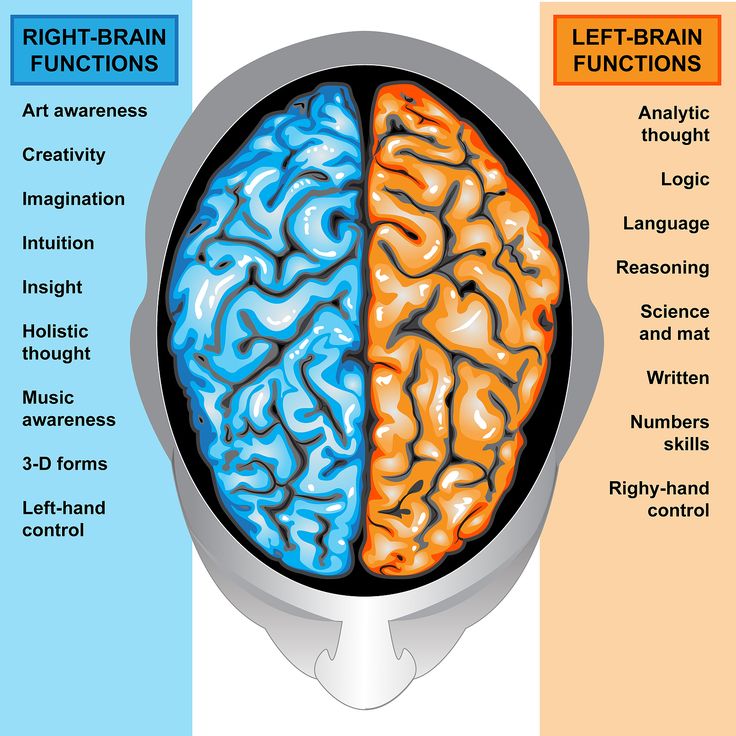
These professionals use techniques like cognitive behavioral therapy and sensory integration. They reduce patients’ reactions to stimuli and provide them with healthy coping mechanisms.
Professionals may also be able to diagnose underlying conditions, such as ADHD or autism spectrum disorder.
2. Practice self-care
Self-care is extremely important for people who deal with chronic sensory overload.
Make sure that you are giving yourself enough time to rest and recharge. This is particularly important after stressful situations or if you have a high-stress career.
Think about investing in items that could help you unwind, such as noise-canceling headphones or a weighted blanket. There are also stress trackers and sleep trackers that can help you monitor your sleep cycles and stress levels. This information can help you in your recovery from sensory overstimulation.
3. Set boundaries
Setting boundaries is also very important for the chronically overstimulated.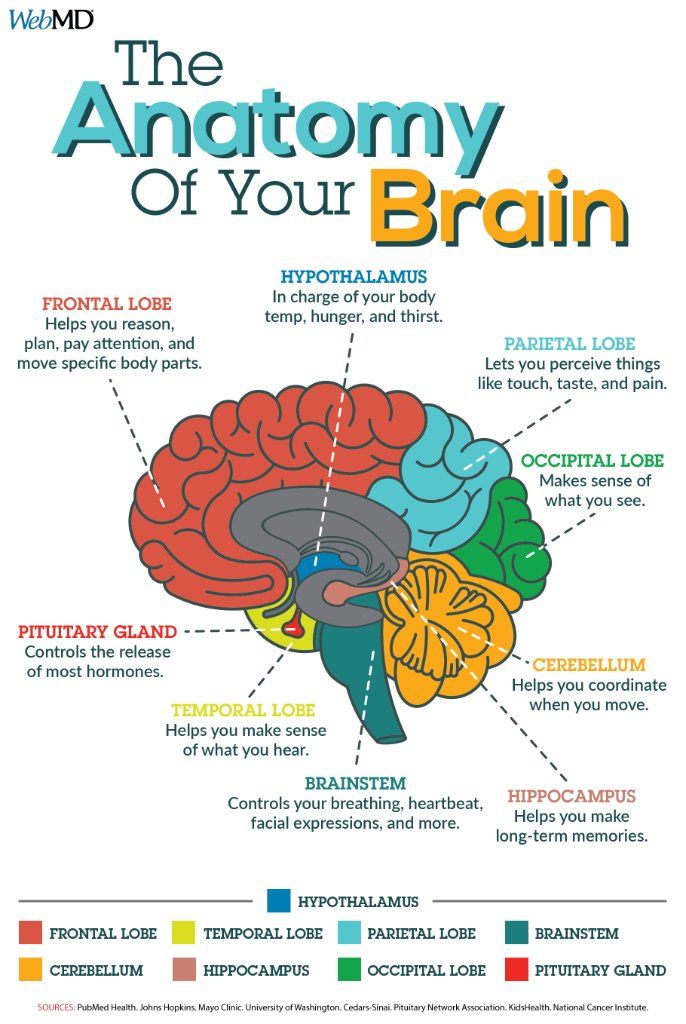 If you find yourself in a situation that is triggering you, remember that you have every right to politely take your leave. Do so and find somewhere quieter and less stressful.
If you find yourself in a situation that is triggering you, remember that you have every right to politely take your leave. Do so and find somewhere quieter and less stressful.
If you are triggered in a work setting, explain to your peers that you are feeling overstimulated and need to excuse yourself from the room. If you are invited to a place where you know you may become overstimulated easily, thank the host for thinking of you. But respectfully decline their invitation.
4. Mindful breathing
There are many mindful breathing exercises that help anxious people with sensory overload. Practicing deep breathing for 3–10 minutes twice a day will set the rhythm for your breathing. Plus, it will increase your lung capacity, allowing you to breathe more deeply.
Diaphragmatic breathing also:
- Calms the body
- Relieves pain
- Lowers blood pressure and heart rate
5. Create safe environments with less stimuli
Your home and, ideally, your workplace should feel safe to you. They should also be as free from overwhelming stimuli as possible. You can achieve this by working with your specific triggers to reduce their impacts as much as you can.
They should also be as free from overwhelming stimuli as possible. You can achieve this by working with your specific triggers to reduce their impacts as much as you can.
For example, if you are overwhelmed by fluorescent lights, fit your home and office with soft, warm, natural lighting. If you struggle when you hear loud noise, invest in a pair of noise-canceling headphones and play gentle, relaxing music.
6. Journaling
Journaling your sensory overload symptoms and experiences will help you keep track of your triggers and your responses.
Once you have a written record of these events, you can work with a coach or another professional. Together, you can address your main triggers and improve your stress response.
7. Reach out to friends and family
The support of your loved ones will always be crucial. But this is especially true when you are feeling overstimulated and unsafe. Don’t hesitate to reach out to a friend or family member if you are feeling stressed or disorientated.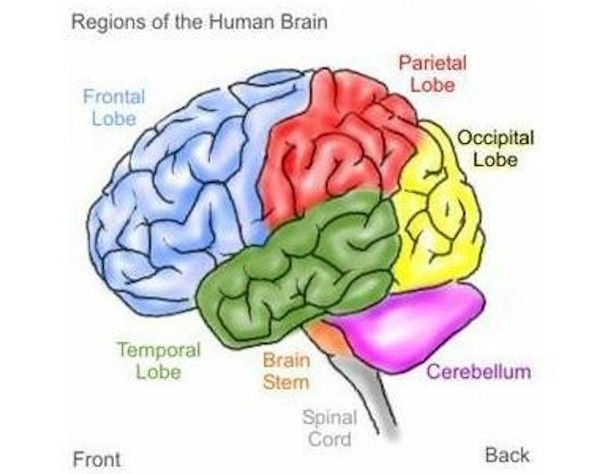 Or if you need someone to speak to about your experiences.
Or if you need someone to speak to about your experiences.
We also recommend building a support system with other people who are prone to sensory overload. They may have some helpful tips to share that will empower you to take control of your own experiences.
Understand sensory overload to help yourself and others
Sensory overload may not be an officially recognized medical condition. But it does have very real implications for our mental and physical health and overall well-being.
Understanding what sensory overload is and being able to spot the symptoms are the keys to identifying your triggers. This can help you and others facing this condition.
Contact a BetterUp coach today to learn more about constructive methods of coping with sensory overload, stress, and anxiety.
Overstimulation caused by brain injury / Invisible consequences / Consequences
READ IT
| Before you continue reading, we would like to draw your attention to the fact that Team Hersenletsel-uitleg of Braininjury Explanation has been the first to identify the problem of overstimulation (sensory overload, flooding) caused by brain injury, worldwide. |
1. Introduction on overstimulation
Overstimulation is common in people who suffer brain injury, whiplash, ME, other neurodegenerative disorders and in people whose pituitary gland is not working properly.
It is an exhausting situation that has a neurological origin and that arises when more information (in the form of stimuli) is received in the brain than it is able to process. A stimulus is information that we get through our senses; seeing, hearing, smelling, tasting, feeling (external stimuli) or through our thoughts or our bodies (internal stimuli).
Also proprioception or position sense / posture sense can get overstimulated*. Proprioception is the ability to perceive the position of our own body and our body parts.
It seems that this information from different sensory cells of balance can also overstimulate the brain.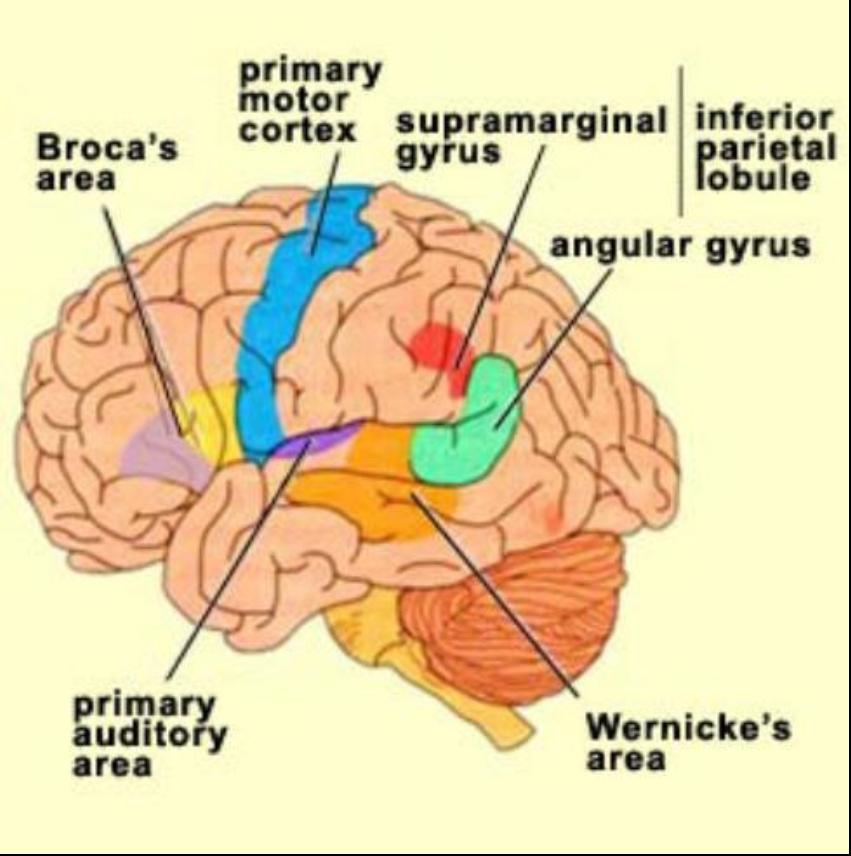 People even indicate that they feel seasick* or 'drunk', as if the balance is disturbed.
People even indicate that they feel seasick* or 'drunk', as if the balance is disturbed.
Normally all these stimuli are properly processed by our brains. We call this capacity of the brain 'mental capacity.' After brain injury, the processing of stimuli is often disrupted, (sensory hypersensitivity) and sensory and cognitive overload occurs.
This can result in annoying complaints that are often difficult and slow to recover *. Read more about brain fatigue or neurofatigue.
[* source: our questionnaires, consider this as copyright]
2. Where in the brains?
The brain structures involved in overstimulation are all neural structures that pick up a stimulus and process it from sense to cognition (perception, thinking and remembering). That is, from start station to end station.
Furthermore, amygdala, brainstem, pituitary gland and thalamus are most often associated with the processing of stimuli, because these structures receive, filter and encode the stimuli in terms of importance. But also the cerebral cortex of the frontal lobe and neurotransmitters plays a role in damping stimuli in healthy brains.
But also the cerebral cortex of the frontal lobe and neurotransmitters plays a role in damping stimuli in healthy brains.
3. What is the nuisance caused by overstimulation?
What we found in the results of our survey (2016):
The nuisance of overstimulation varies from slight annoyance* to headache* and pain in the eyes*, ears* and skin*, nausea*, vomiting*, exhaustion* up to and including temporary paralysis* symptoms. In short: an overloaded system and a source of stress and being physically ill*.
Many people are forced to reduce their social contacts and become isolated*. Life in isolation is the only way to prevent overstimulation*.
Many brain injury victims are in a constant state of exhaustion due to chronic overstimulation*, which can hardly or not be trained* by rest and break strategies*.
[* source: our questionnaires, consider this as copyright]
Temporary worsening of, for example, paralysis of the affected side*, for example in the face, arm or leg and faltering speech is common*.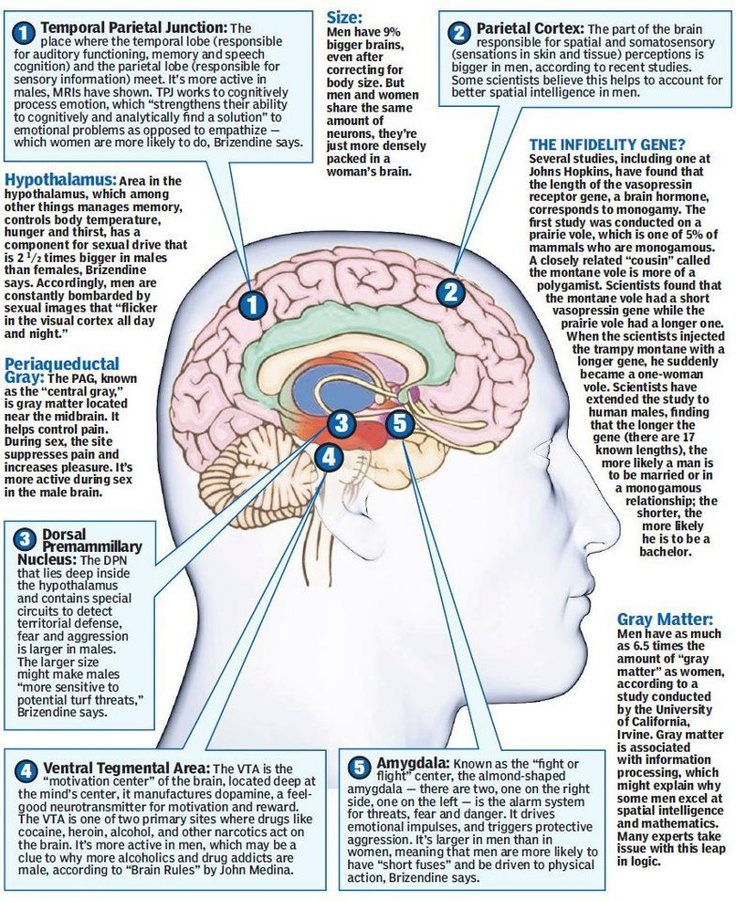
People have died due to chronic exhaustion caused by overstimulation*. Overstimulation should not be underestimated!
Several complaints have been discovered by us, our results are available for scientific research.
With continuous stress as permanent overstimulation, the body continuously produces stress hormones, which can also change the nervous system. This can lead to complaints such as stomach problems, auto-immune system change, cardiovascular disease, muscle function change, disturbance of sleep and sleep problems, depression, burn-out or anxiety disorders.
[* source: our questionnaires, consider this as copyright]
4. Three categories of overstimulation. Our survey showed (2016):
5. How can we recognize overstimulation? Our survey showed (2016):
In our survey, people indicated that symptoms of overstimulation vary per person*, per situation* and per moment*. This sometimes makes it difficult to recognize overstimulation for both the environment and for the person involved*.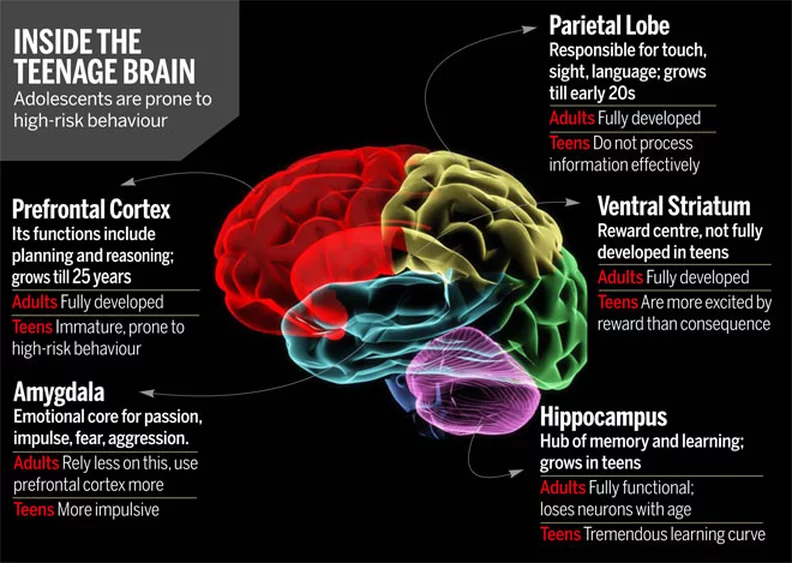 Overstimulation fluctuates from day to day as and when overload has already been stacked* The overstimulation trigger differs*.
Overstimulation fluctuates from day to day as and when overload has already been stacked* The overstimulation trigger differs*.
The following problems are mentioned in our survey:
- Extreme (sudden) fatigue with long recovery*
- Bad headache*
- A feeling that there is a very tight tie around the head*
- Pressure in the head*
- No longer able to participate in a conversation*
- Difficult to get words, word-catching problems that can pass if the overstimulation is over*
- Faltering speech that can pull away as the overstimulation is over*
- Reduced articulation*
- Difficulty and slowness in thinking*
- Reduced concentration*
- Reduced coordination of movements*
- Contact avoiding behavior because there is an 'overload' in the head*
- Looking away and not being able to take part in the conversation in order to protect themselves from the stimuli*
- Irritation, (seldom) aggressive behavior, being short, snarling*
- Become more emotional*
- Hyperactivity, increased activity, being busy*
- Crying, fatigue crying*
- Being scared*
- Increased heart rate, higher breathing or restrained breath*
- Shaking, stiffening of the muscles, chance of falling over*
- Blinking or closed eyes*
- Nausea or vomiting*
- Temporary loss of facial muscles*
- Numbness of the affected side / reduced motor skills
- Get into short unconsciousness*
- Totally exhausted feeling*
"It is a big chaos in my head, busy in head, behind my eyes.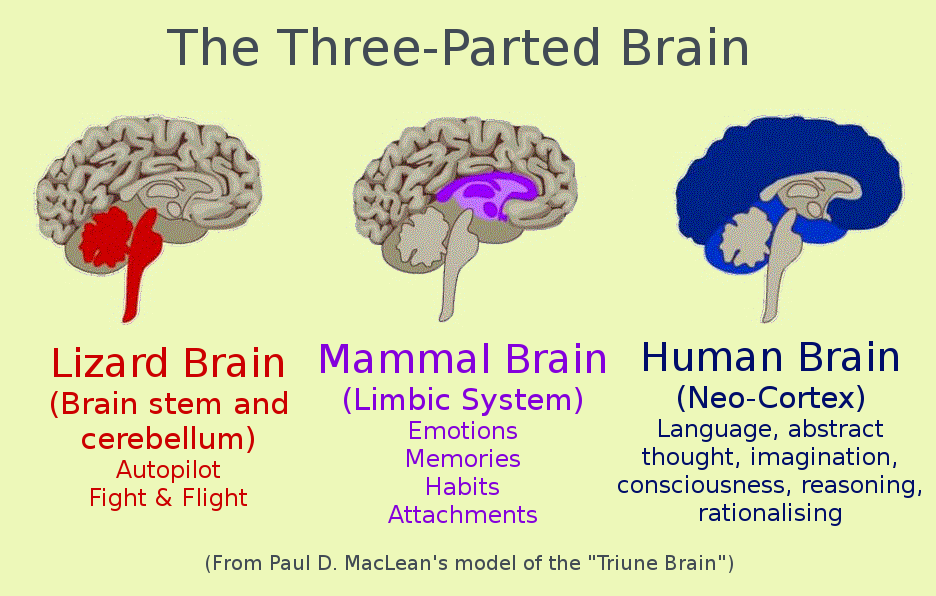 I am intensely tired. It seems as if my head can burst apart at any moment. I often get sick, my thinking falters and I just feel total loss.", one of the respondents stated.
I am intensely tired. It seems as if my head can burst apart at any moment. I often get sick, my thinking falters and I just feel total loss.", one of the respondents stated.
It is important to keep in mind that overstimulation differs per person*.
[* source: our questionnaires 2016, consider this as copyright]
6. Different forms of overstimulation as we found in our survey (2016):
- Cognitive overstimulation*
- Sensory overstimulation (sounds, image, light, smell, feeling / sense of touch, position sense)*
- Emotional overstimulation*
Cognitive overstimulation
is caused by:
- Own thoughts*
- Multitude of what is said or being asked for*
- Multitude of information to be processed, for example duplicate tasks or multitasking. Often, people with brain injury cannot do two things at the same time. It is either the one or the other. For example listening and working on something at the same time does not go well*.
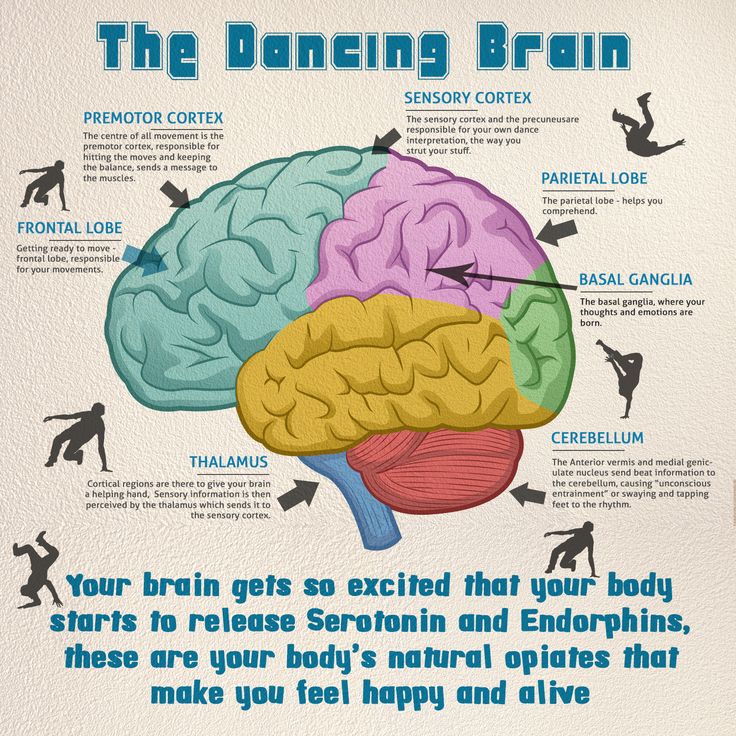
- Often information processing is delayed in case of brain injury, as a result of which stimuli can accumulate*.
This can lead to a situation in which the seriousness of the overstimulation is underestimated by healthcare professionals who are insufficiently trained to be alert to this.
Sensory overstimulation
is caused by:
- NOISE
Overstimulation by sound due to the inability to filter out background noise occurs, making it difficult to have a conversation.
In our survey (2016) we heard about: sound intolerance to music*, high or low tones*, child voices*, high ladies voices*, cutlery sounds*, teaspoons stirring in a glass* and the like. Also irritation with rhythmic sounds*, such as tapping a pen* occurs.
Many complaints are reminiscent of or are similar to hyperacusis, in which sound is often perceived as being too loud, maddening or hurting the ears.
[* source: our questionnaires 2016, consider this as copyright]
- VISION
Visual overstimulation occurs while seeing busy patterns* or colors*, a multitude of cozy things in the house*, a piece of text without blank lines*, seeing movements*.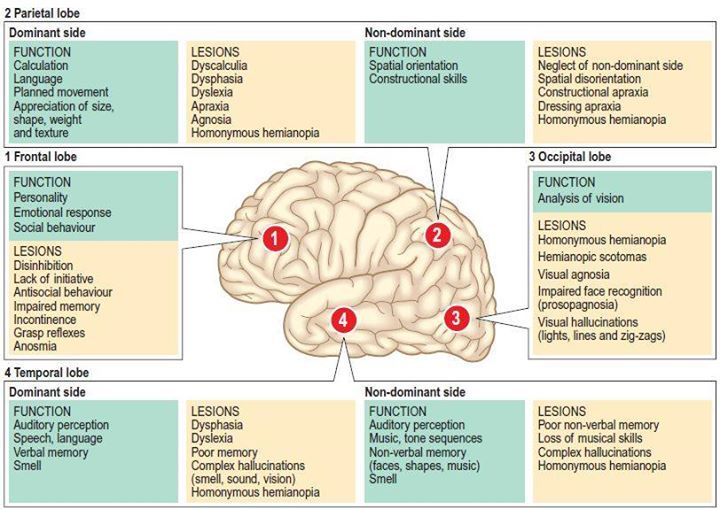 See also the page vision problems.
See also the page vision problems.
[* source: our questionnaires 2016, consider this as copyright]
- LIGHT
Overexcitation due to light occurs, for example, in light reflection*, in certain light bulbs (halogen / tl)*, backlighting* or changes in shadow*. Notorious are the car rides on a road with lots of trees and a low sun behind the trees*.
[* source: our questionnaires 2016, consider this as copyright]
- FEELING / TASTING SENSE
Overexcitation of feeling occurs in people who suffer from movement*, touch*, vibrations*, bastones*, etc. Sometimes overstimulation is experienced as pain through touch*.
[* source: our questionnaires 2016, consider this as copyright]
- POSITION SENSE
We observe the position of our body throughout the day, how our body relates to the world around us. In every muscle, joint and connective tissue there are minuscule sensors (proprioceptors) that let us know how we stand, sit or lie.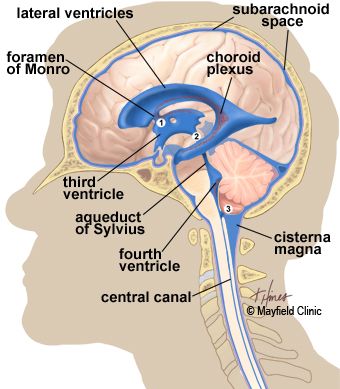 In people with brain injury this can be experienced as dizzy* or unsteady on the legs*. So you can become overstimulated by movement, position of your head, uncertain feeling about how you move in a space*.
In people with brain injury this can be experienced as dizzy* or unsteady on the legs*. So you can become overstimulated by movement, position of your head, uncertain feeling about how you move in a space*.
[* source: our questionnaires 2016, consider this as copyright]
- SMELL
Excitement by odors can be caused by the enhanced smell of food smells, natural scents, body odors, perfumes and deodorants*.
[* source: our questionnaires 2016, consider this as copyright]
- PAIN, HEAT AND COLD
Nociception (feeling pain) and thermoception (feeling warmth and cold) are also senses that can over stimulate. Those who have a lot of headaches are more likely to be overburdened and therefore over-stimulated.
Emotional overstimulation
In itself, it is questionable whether emotional overstimulation is part of cognitive overstimulation.
Emotional overstimulation has to do with the increased emotional vulnerability after brain injury*.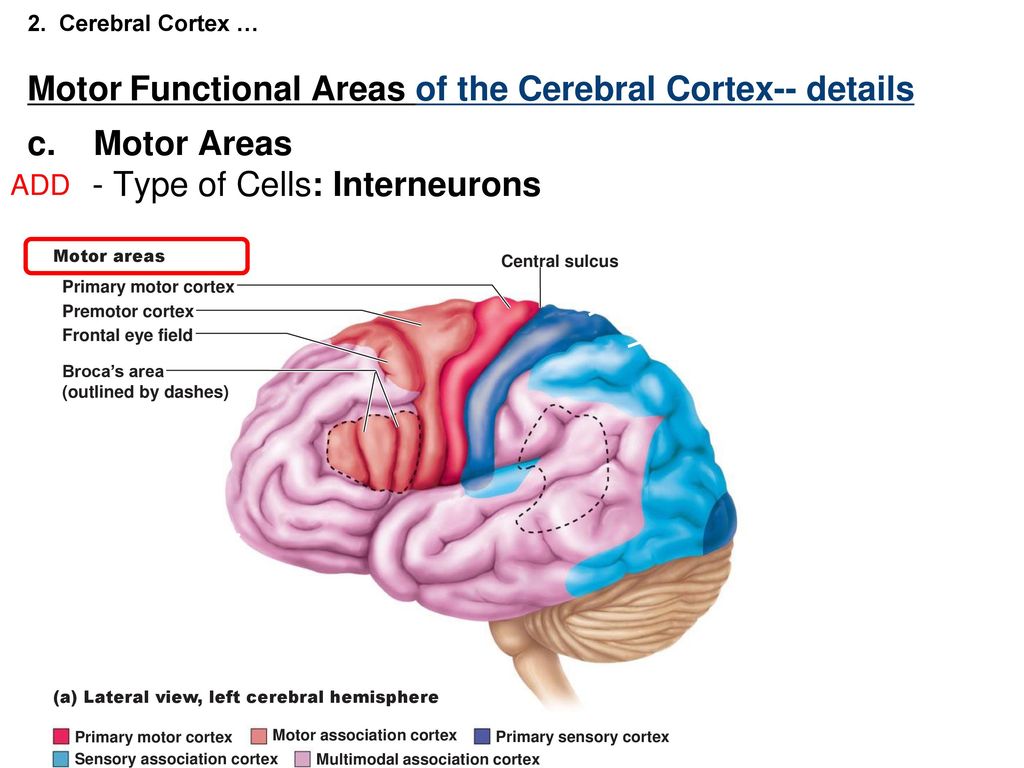 Once overstimulated, the person can often no longer regulate the emotions*. The reactions are often more emotional and that can vary from person to person from fatigue-crying* to 'being more concerned with someone else*', frustration (also to oneself), being angry or aggression.
Once overstimulated, the person can often no longer regulate the emotions*. The reactions are often more emotional and that can vary from person to person from fatigue-crying* to 'being more concerned with someone else*', frustration (also to oneself), being angry or aggression.
In emotional situations in someone's life, the 'measuring cup' appears to be full quickly and sensory stimuli are less well tolerated.
Crying often gives relief. For people with overstimulation, it does not necessarily have anything to do with sadness*. It should not be confused with compulsive crying or with emotional lability.
Overstimulation can not always be prevented. Some people experience emotional overstimulation in which their own thoughts are experienced more overwhelming than they are. The same applies to empathising and sympathizing with another.
Overstimulation functions in three directions. Body, thoughts and emotions are harder to control if too many stimuli have come in*.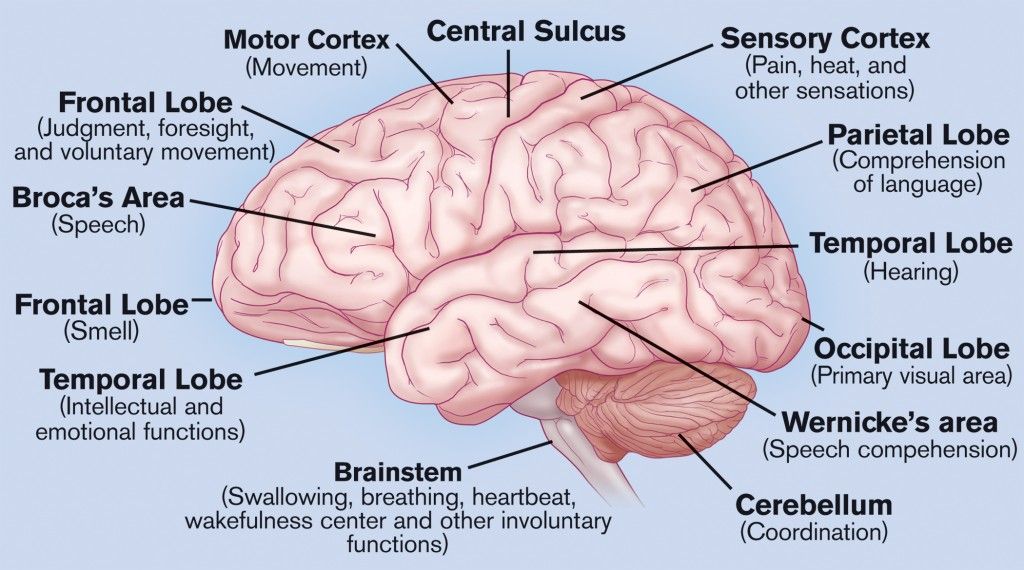 Stimuli pile up*. If someone is already overstimulated, the cognitive "inbox" is filled up more quickly*.
Stimuli pile up*. If someone is already overstimulated, the cognitive "inbox" is filled up more quickly*.
[* source: our questionnaires 2016, consider this as copyright]
7. Congestion of stimuli
If more stimuli are received than the brain can handle, there are still a lot of (unprocessed) stimuli in the traffic jam. Your nervous system is busy working with the processing of all incoming 'info' of sound, image, smell, movement, feeling, thoughts or listening to everything that is said and the like.
Compare it with just as much traffic on a normal four-lane highway that suddenly has to use a country road ... including honking and light signals from the motorists who do not want to stand still!
[* source: our questionnaires, consider this as copyright]
8. Medical background of overstimulation
Overstimulation can be caused by
- Broken filtering
All stimuli come in with the same power, that is, both the important and the unimportant stimuli.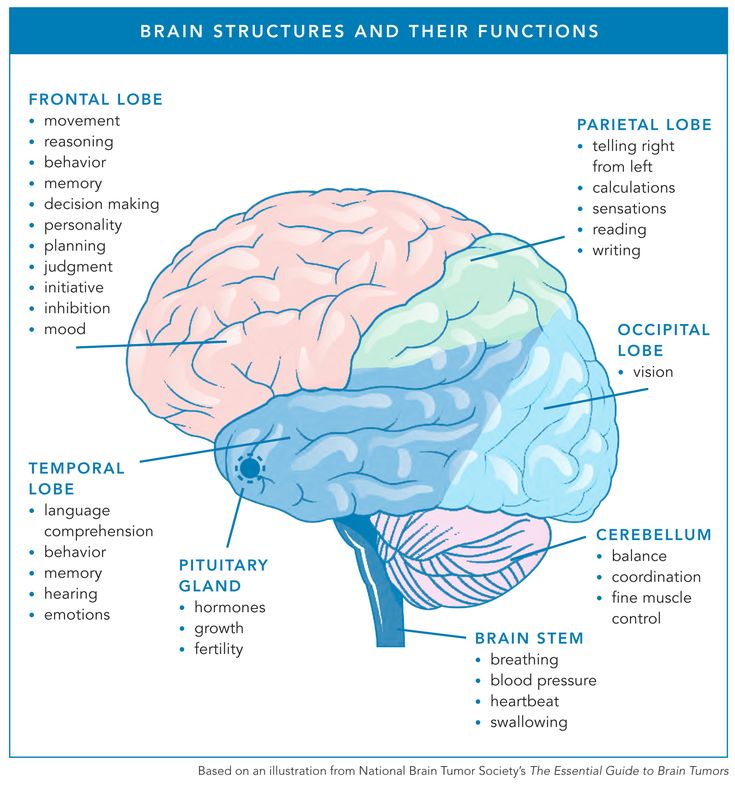 They are not filtered. The stimuli arrive unrestrained in the brain. The brainstem, the thalamus and the cerebral cortex (frontal) and the neurotransmitters should inhibit. Also specific damage in an area can cause the filter to be gone.
They are not filtered. The stimuli arrive unrestrained in the brain. The brainstem, the thalamus and the cerebral cortex (frontal) and the neurotransmitters should inhibit. Also specific damage in an area can cause the filter to be gone.
- Diversion = delay
In case a brain injury causes the stimulation of brain cells to be guided around the injury, there is a delay in perception. This is not only when there is a focal, local injury, but also in the case of diffuse injury, spread over the brain. It takes longer before stimuli are interpreted. That is one of the causes that make a person with brain damage being overwhelmed by stimuli. This is also called delayed information processing.
There are more stimuli on hold than can be processed. Just like a PC that crashes in case the processor is too slow.
- Fragmented observation
Many people with overstimulation due to brain injury observe every separate detail through hyperselection.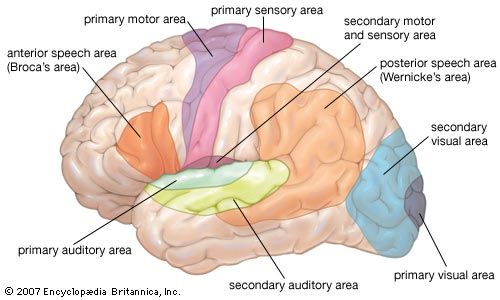 For these people it is difficult to see connections between details and to see / view / listen to the whole.
For these people it is difficult to see connections between details and to see / view / listen to the whole.
This can be the case both on the auditory and on the visual level. As long as one sound stimulus is offered, the conversation is central and there is no music playing in the background, there is no problem with noise. But if there is a buzz in the background or more violent background noise, then the processing of the stimuli goes wrong.
It can also happen in the visual area. People can not ignore details, every drop on the windshield of the car when it rains and the windshield wiper, or every individual in a group, or every stone on a cobblestone road.
- Distorted processing can cause overstimulation
- Cerebral visual disorders CVI - double vision, varying sharp vision, depths can become immense or not, spaces can be observed more or less
- Agnosia - not knowing the exact meaning of an object, sound, smell, etc.
- Non synchronous processing of stimuli in the brain.
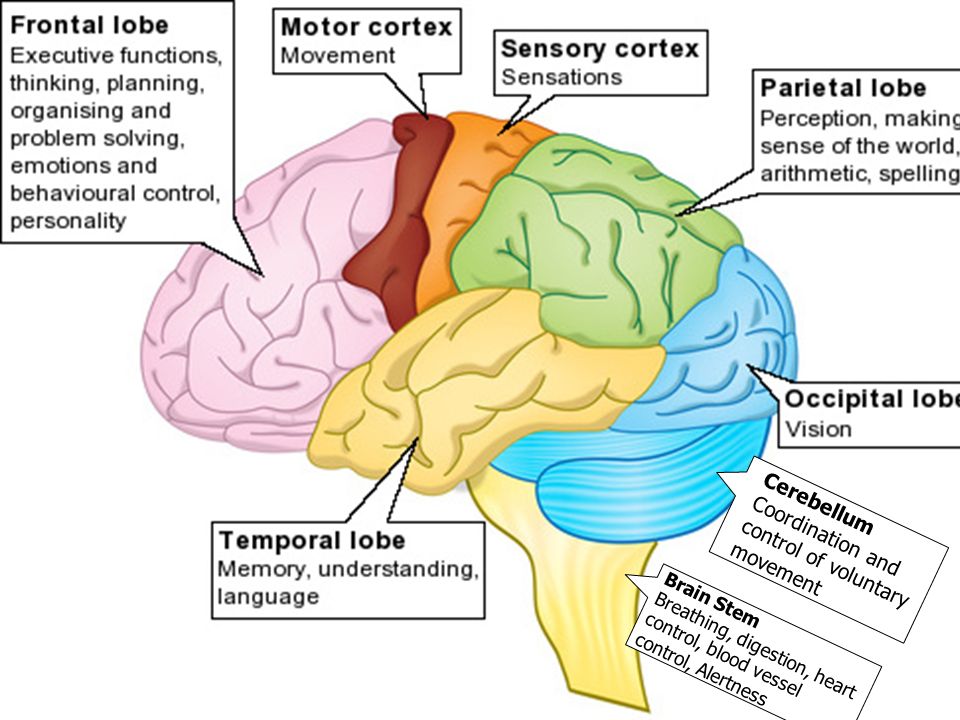 Signals do not arrive synchronously at the brain area.
Signals do not arrive synchronously at the brain area.
Perception we perform with
The senses
- Eyesight - seeing
- Hearing
- Sense of touch - feel
- Sense of smell - smell
- Sense of taste - taste
- Nociception - feel pain
- Thermoception - feeling heat or cold
- Sense of balance - balance
- Proprioception - movements - body posture awareness
Cognition
- Perceive (basic cognition)
- Attention and concentration (basic cognition)
- Thinking (basic cognition)
- Remember (basic cognition)
- Applying knowledge (basic cognition)
- Understand (basic cognition)
- Language (basic cognition)
- Assess (metacognition)
- Reasoning ability (metacognition)
- Sense of reality (metacognition)
- Emotion (social cognition)
- Empathy (social cognition)
- Practical language skills (social cognition)
9.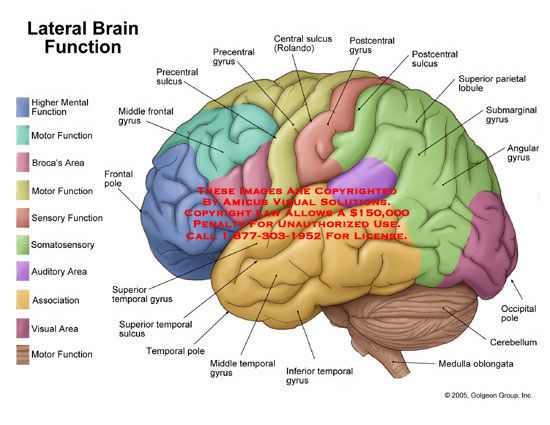 Summary of consequences of overstimulation as our survey showed in 2016*
Summary of consequences of overstimulation as our survey showed in 2016*
10. Project flooding
We established Project flooding as a patient interest organization. We hope to achieve that society, physicians and media take this target group seriously and to form a network that we can use to develop products but also for scientific research.
We encourage scientific research into overstimulation.
We are a recognized patient interest organization for overstimulation in brain injury since 2016.
11. Videos on overstimulation
We created a special page with videos on different types of overstimulation.
12.Download cards with concise explanation on overstimulation
You can download one of the documents below, print it and make sure to have it with you.
Card explaining overstimulation
PDF – 114,6 KB 1069 downloads
Download
4 creditcards explaining overstimulation
PDF – 118,4 KB 962 downloads
Download
13.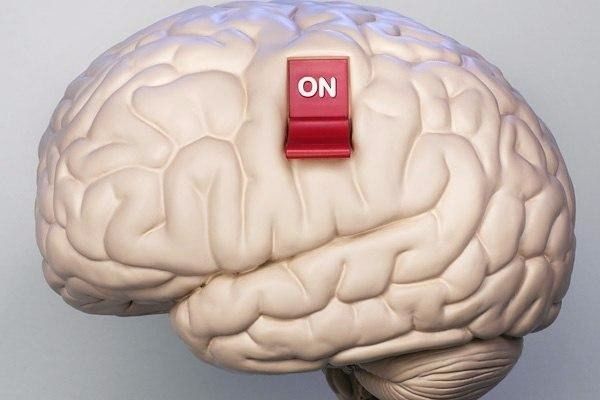 Stimuli-poor home decoration
Stimuli-poor home decoration
Tip! Take a look, together with someone with brain injury, how you can make his or her home less overstimulating, so that it can become a quiet place to live. (in terms of image, patterns, light, used lamps, colors, sounds, smells, etc.)
- no TV, at least not in a central space
- quiet colors and preferably no patterns
- no lamels
- curtains or transparent roller blinds
- headphones for music / TV lovers
- PVC floor instead of laminate
- curtains
- play mat for the children
- separate hobby room, place to retreat
- do not direct your favorite seat towards the street side
- no high-gloss lacquer
- no reflective surfaces
Uphomes - creating a sensory friendly space
Home improvements for sensory sensitive individuals
Russian - Sensory Overload / English + 16 other languages
This page has not been reviewed or approved for your language and translation. Do you want to help us translate correctly? At the bottom of this page you will find how you can contact us.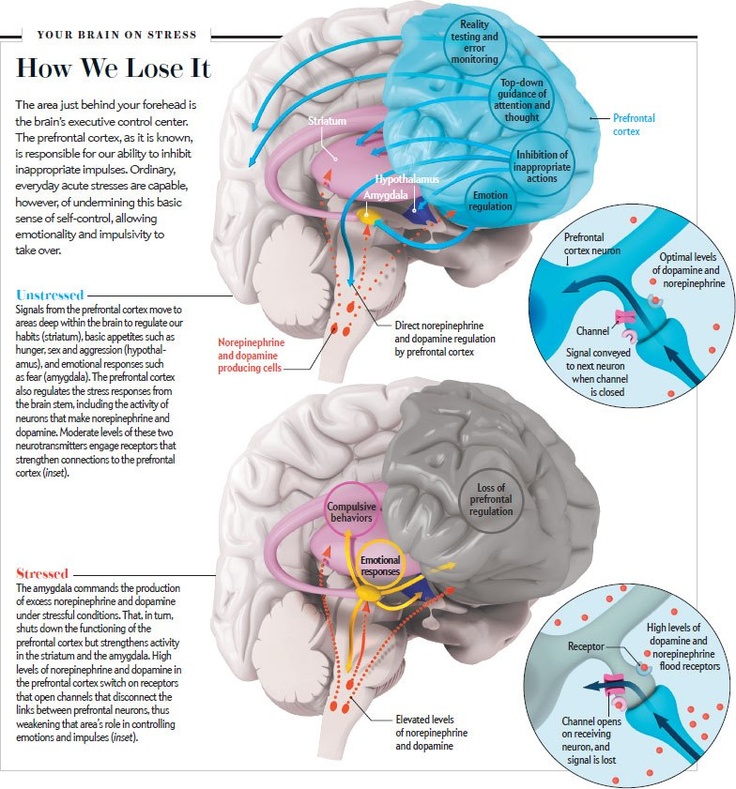
Stay tuned for updates on the research and report at https://www.overprikkeling.com/onderzoek-overprikkeling. The final report will be published on February 15, 2021.
DEFINITION
Based on research, the definition of overstimulation caused by brain injury has been tightened. This led to the following definition:
Overstimulation due to brain injury is a mental health condition of a debilitating situation of neurological origin that occurs when more cognitive, emotional and sensory (including proprioceptive and vestibular) information (in the form of stimuli) is received than the brain can process.
This can lead to:
- general neuro-vegetative imbalance* (vegetative nervous system) with fight, flight or freeze reactions and/or
- short-term or long-term exacerbation of neurological and cognitive brain injuries and / or
- and short-term or long-term presentation of neurological and cognitive complaints of brain injury.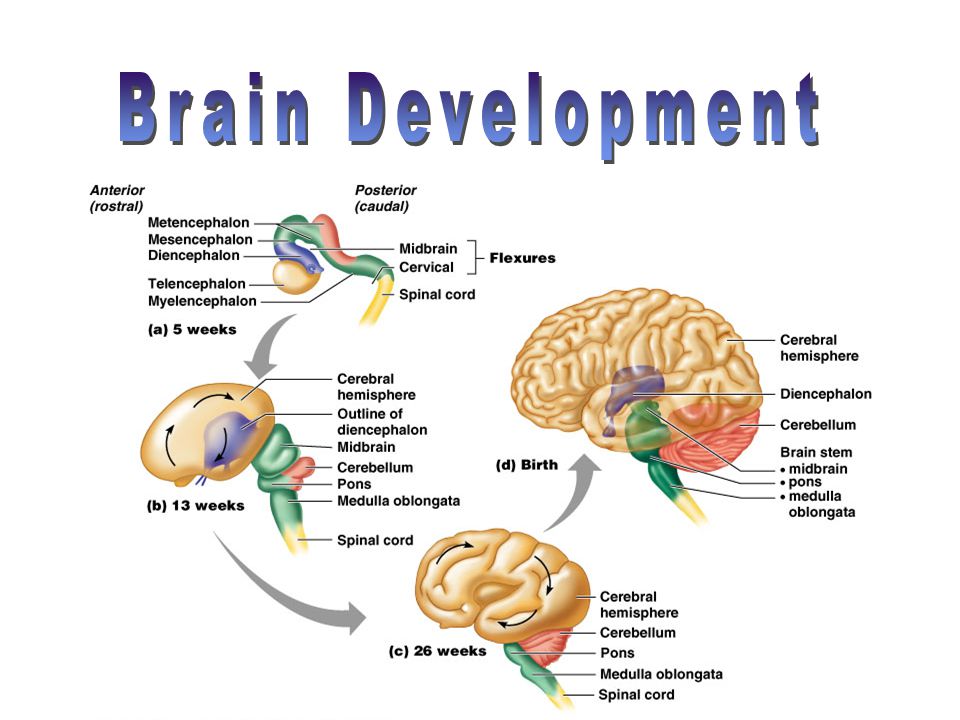
There may be individual complaints or combinations of neurological, neurological, cognitive or emotional complaints of traumatic brain injury.
The severity of complaints may fluctuate depending on the number of stimuli and whether stimuli were stacked and whether daily energy varied. The severity of complaints may vary from person to person and depends on the location and severity of the brain injury, general physical and mental condition, personality characteristics, developmental or anxiety disorders and, in particular, additional sensory disturbances, which may or may not develop acutely, or develop slowly and, for example, when using medications.
.
* definition of neurovegetative complaints = symptoms of a disease that can occur when the nervous system malfunctions, which independently (reluctantly) takes care of the control of various organs.
Sensory overload / sensory overstimulation
Sensory overload, Sensory overstimulation, Hypersensitivity, Sensory processing disorder after brain injury / Overreaction to sensory impressions / Abnormal sensory processing * (help us with a good translation, thanks! )
There are various names for the problem of sensory overstimulation, neural network overload, sense flooding, or sensory overload, to name a few.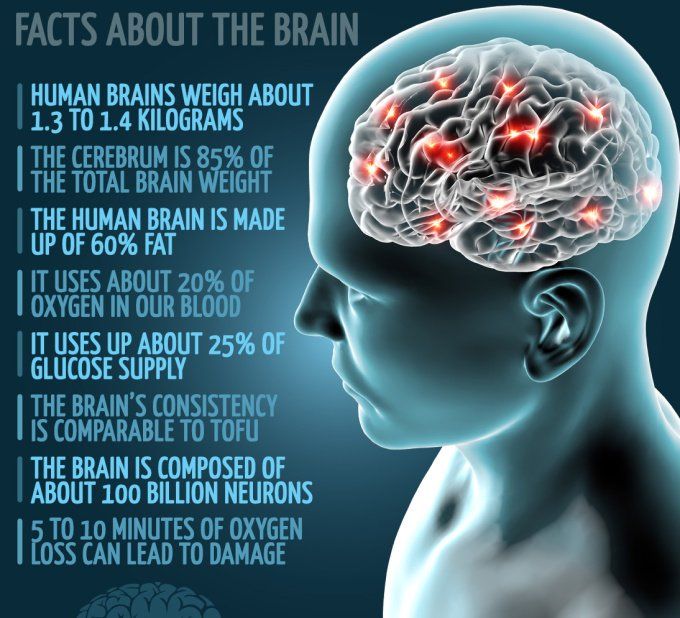 Each name indicates a serious and underestimated problem. It is a chronic and invisible result of brain damage. Not comparable to hyperacusis. Sometimes there are mixed forms.*
Each name indicates a serious and underestimated problem. It is a chronic and invisible result of brain damage. Not comparable to hyperacusis. Sometimes there are mixed forms.*
Sensory overstimulation is a debilitating situation that is neurological in origin and occurs when the brain receives more information (in the form of stimuli) than it can treat. The brain cannot properly filter surrounding stimuli or allow them to pass quickly enough. A stimulus is information that we receive through our senses; see, hear, smell, taste, feel (external stimuli) or through our thoughts or our body (internal stimuli).
In addition, proprioception or the sense of position/attitude may be overstimulated*. Proprioception is the ability to perceive the position of our body and body parts. It seems that this information from various sensory cells or balance can also over-stimulate the brain. People simply indicate that they feel seasick or "full", as if the balance is off.
Overstimulation is one of the most common complaints after brain injury.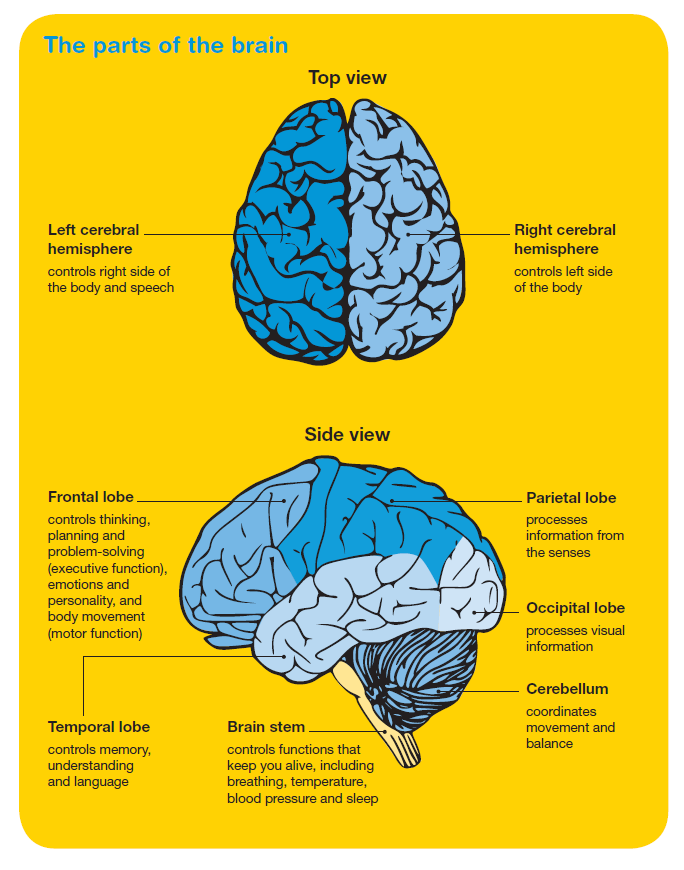 Someone sees too much, someone notices too much detail, or hears too much and gets really bored with sensory impressions.
Someone sees too much, someone notices too much detail, or hears too much and gets really bored with sensory impressions.
Although overstimulation occurs frequently, many patients find it difficult to find acceptance and understanding of overstimulation from physicians, family members, friends and at work.
Sensory overstimulation is a consequence, but it is actually a disease in itself. In the case of brain damage, something is permanently damaged in the brain. If sensory overload has not lessened two years after a brain injury, the prognosis is unfortunately that someone has to learn to live with it... [* source: our questionnaires; consider it copyright]
2.
7 senses that can be overwhelmed by brain injury:
Visual sense (sight)
Auditory sense (auditory sense)
Olfactory sense (smell)
Taste sense) (0 sense sense) (labyrinth and balance sense)
Tactile sense (touch)
Proprioceptive sense (muscle sense, kinesthetic ("motion sense")).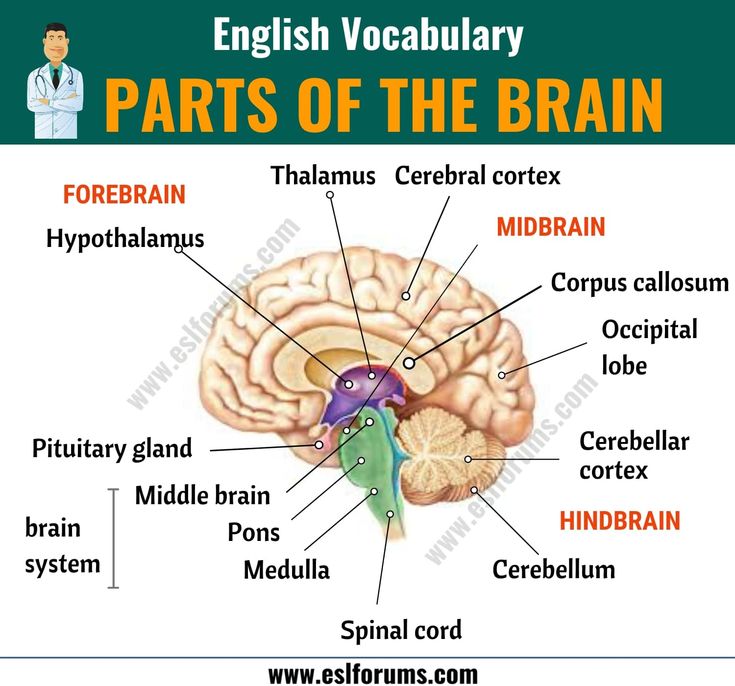
Usually all these stimuli are processed correctly by our brain. We call this ability or brain "mental ability". After brain injury, stimulus treatment is often disrupted (sensory hypersensitivity occurs) and sensory and cognitive overload occurs.
This can lead to unpleasant symptoms that people get better every time this person is overwhelmed. *. Find out more about fatigue or neuro fatigue on our website. [* source: our questionnaires; consider it copyright]
3.
Where in the brain?
The healthy brain is slowed down by the millions of stimuli it receives from the senses and from its own thoughts. The brain structures that are involved in overstimulation are the neural structures that receive the stimulus and process it to make people aware. That is, from the start station to the end station.
In addition, the amygdala, brainstem, pituitary, and thalamus are most often associated with stimulus treatment because these structures receive, filter, and code stimuli for importance.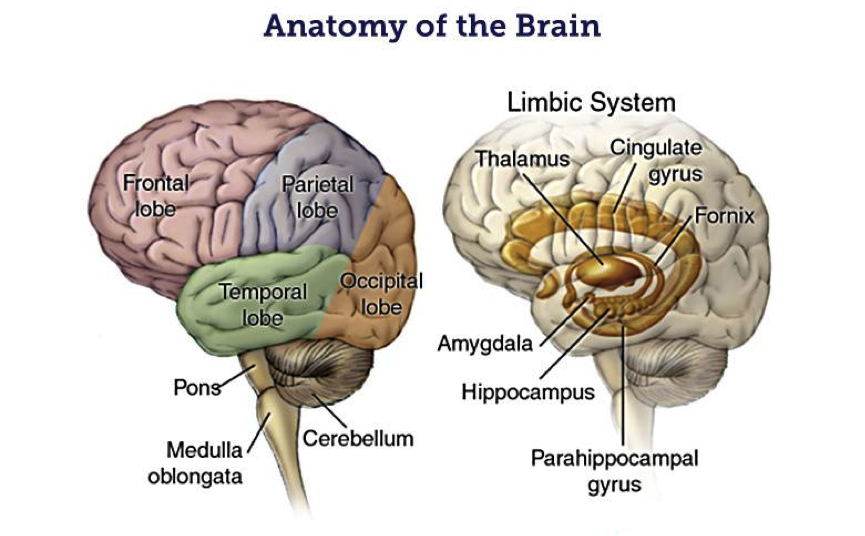 But also the frontal cortex and neurotransmitters play a role in dampening stimuli in a healthy (healthy) brain.
But also the frontal cortex and neurotransmitters play a role in dampening stimuli in a healthy (healthy) brain.
4.
What complaints does overstimulation cause?
What we found in the results of our study (2016):
Complaints of overstimulation range from mild irritation to headache* and pain in the eyes*, ears* and skin*, nausea*, vomiting*, exhaustion* up to symptoms of temporary paralysis*. In short: an overloaded system and a source of stress *Someone is physically ill*.
Many people have to reduce their social contacts and become isolated*. Living in isolation is the only way to prevent overstimulation*.
Many victims of brain damage are in a state of constant exhaustion due to chronic over-stimulation* that can hardly be trained or not* through rest and pause strategies*.
Temporary aggravation of, for example, paralysis of the affected side*, such as in the face*, arm* or leg*, and speech impairment* is common.
People died from chronic fatigue caused by overstimulation*. Hyperstimulation should not be underestimated!
WARNING! We have found several complaints, our results are available for scientific research. [*source: our surveys consider this copyright]
5.
Effects of Chronic Stress
With constant stress caused by constant overstimulation, the body constantly produces stress hormones, which can also alter the nervous system. This can lead to complaints such as stomach problems, autoimmune system changes, cardiovascular disease, muscle function changes, sleep disturbances and trouble sleeping, depression, exhaustion, or anxiety disorders.
6.
Three categories of overstimulation
What we found in the results of our research (2016):
- A variant where the limit is immediately exceeded. For example, caused by background noise. Result: immediate over-stimulation*.
- A form in which stimuli accumulate (measuring cup overflows) and at a certain time are no longer treatable.
 Then there is overstimulation*.
Then there is overstimulation*.
For example: ten minutes in a noisy group of nice people, but then it becomes too much. This person does not want to get sick from the experience and therefore leaves the room within ten minutes - Hyperfocus overstimulation delay *. When people train consciously and want to do something "at any cost," overstimulation can hit hard. In this case, exercise has negative consequences *.
[*source: our profiles consider this copyright]
7.
How can we recognize overstimulation/Sensory overload ?
What we found in the results of our study (2016):
In our study, people indicated that the symptoms of overstimulation varied:
- from person to person *
- per situation *
- per minute *.
This sometimes makes it difficult to recognize overstimulation both for the environment (family, friends or colleagues, relatives) and for the person involved*.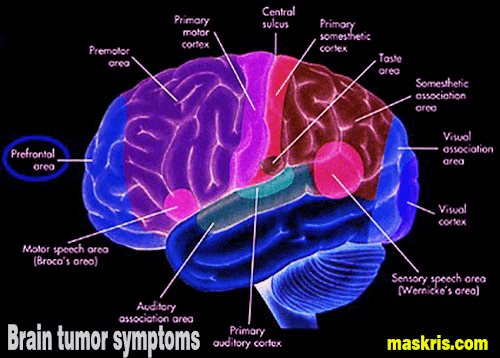 Overstimulation fluctuates from day to day when overload has already accumulated. * It is important to remember that overstimulation is different for every person. * And what sensory stimuli are involved *.
Overstimulation fluctuates from day to day when overload has already accumulated. * It is important to remember that overstimulation is different for every person. * And what sensory stimuli are involved *.
8.
The following questions are mentioned in our study:
“This is a big mess in my head, busy in my head behind my eyes, I am very tired. Looks like my head could fall apart at any time. I feel nauseous, my thinking drops and I just feel full," "" said one respondent.
It is important to remember that overstimulation varies from person to person. *
[* source: our profiles consider this copyright]
Various types of overstimulation
What we found in our study (2016):
Cognitive overstimulation*
Sensory overstimulation (sounds, sights, light, smell, touch, sense of position)*
Emotional overstimulation*
10.
Summary of the effects of overstimulation *
What we found in our study (2016):
- No longer able to think *
- Fight-Flight-Freeze Reaction * (Fight-Flight-Freeze)
- Extreme fatigue *
- Long exhaustion fatigue cycle *
- People died of exhaustion due to prolonged accumulation of overstimulation *
Physical complaints due to high levels of stress hormone during prolonged stress due to overstimulation*, possibility of nervous system changes, autoimmune diseases, cardiovascular disease, changes in muscle function, sleep disturbances and sleep problems, depression, burnout or anxiety disorders.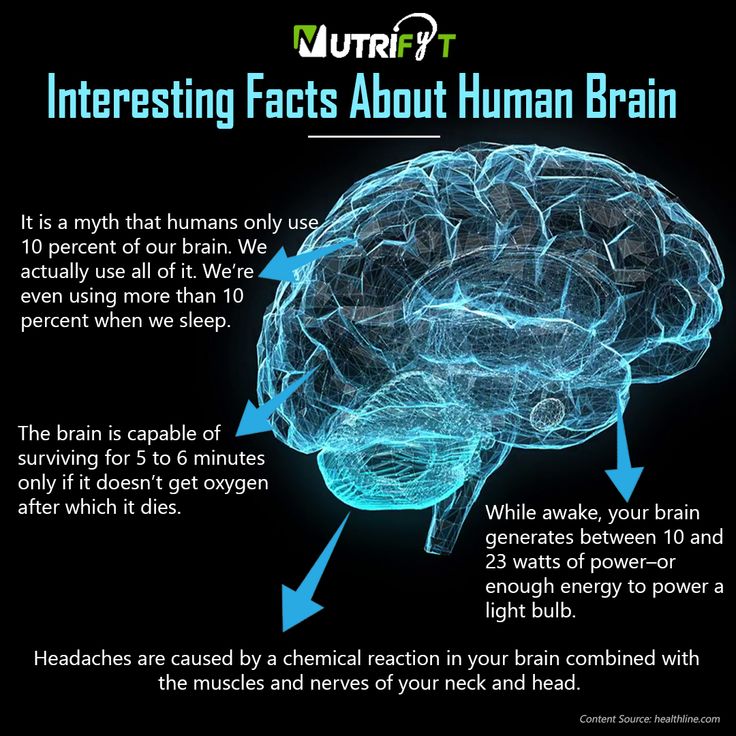
[*source: our surveys consider this copyright]
11
About us
We created the Flood Project as a patient interest organization. We hope to get the public, physicians and the media to take this target group seriously and form a network that we can use for product development as well as research. We encourage scientific research into overstimulation. We have been a recognized patient interest organization for brain injury overstimulation since 2016. In 2019In 2009, we received a gold medal for particularly good work for people with traumatic brain injuries.
Do you want to help?
Do you want to make a better translation than we tried?
Do you want the problem of overstimulation after brain injury to be better known in your country?
Please contact us and help with a good translation. Thank you !! Maybe you're thinking "but YES! It's not called overstimulation, but..." Tell us :)
If you see an error .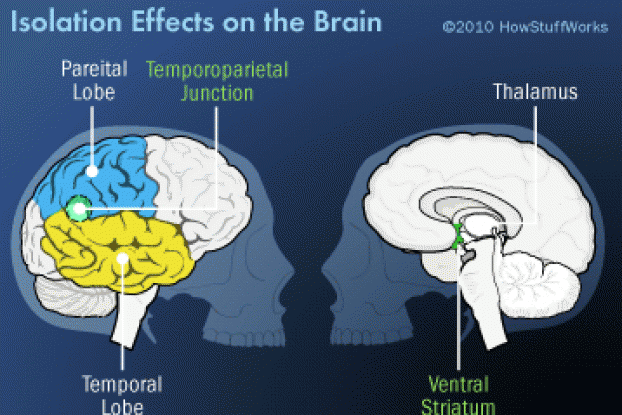 .. Please send us a section with a number so that the entire sentence containing the error is in black - then correct the sentence in green. Then we can easily find the wrong sentence. :)
.. Please send us a section with a number so that the entire sentence containing the error is in black - then correct the sentence in green. Then we can easily find the wrong sentence. :)
We work voluntarily, without pay, but with a heart for brain damage.
Ads are not from this site 15:55 Olga Muraya
Some people's relationship with food is far from healthy. A vicious circle is completed when the effects caused by such behavior rob the person of health.
Photo Unsplash.
A new method may well be a safe way to fight obesity.
Scientists have succeeded in reducing people's cravings for overeating with the help of a device implanted in the brain.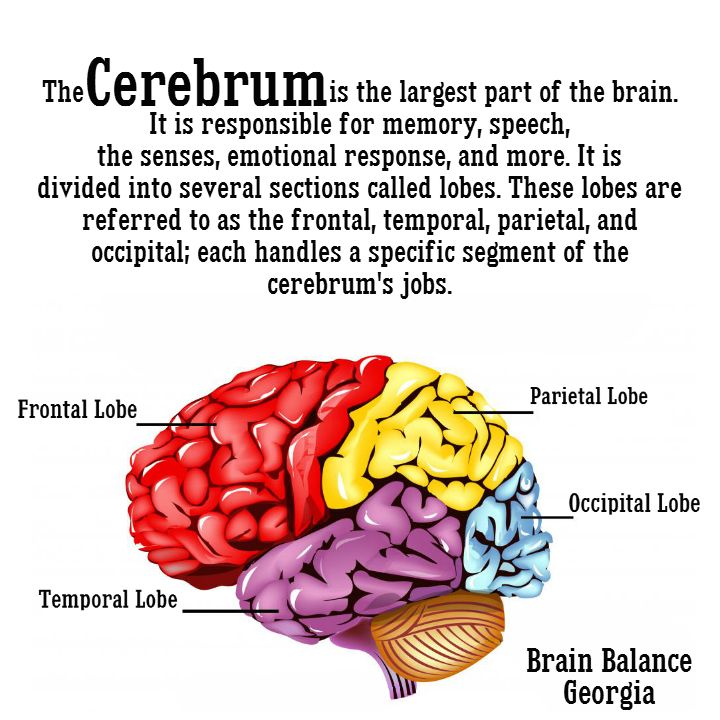
Clinical trials of this method are still ongoing. But early results already show that there is a cure for loss of appetite control.
Electrical stimulation of the brain helped to "break" the chains of neuronal activity associated with overeating, and this improved self-control in food intake, and also contributed to weight loss in two people. They suffered from compulsive overeating and severe obesity associated with this disorder.
"Out of control" binge eating is common among patients suffering from eating disorders. For example, a feeling of loss of control over the amount of food eaten is characteristic of bulimia.
Compulsive overeating differs from other similar disorders in that after an episode of excessive satiety, the person does not try to urgently empty the stomach, take laxatives, or otherwise get rid of excess food.
Up to 30% of obese people complain of regular episodes of binge eating.
Despite the prevalence and severity of this disorder, most treatments for obesity do not directly target it.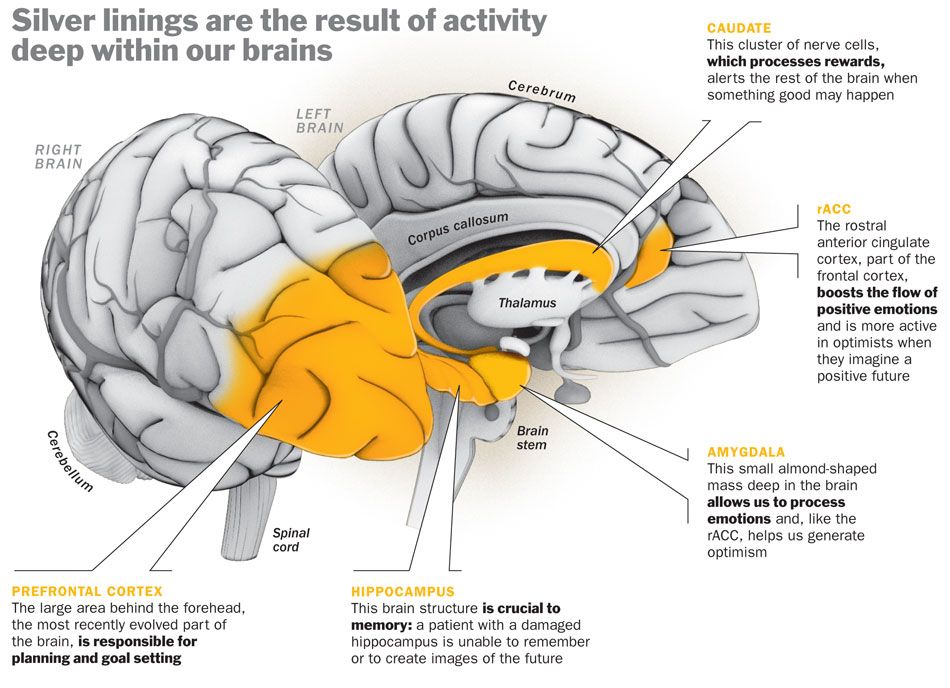 But it is with the introduction of extra calories in the body that obesity begins.
But it is with the introduction of extra calories in the body that obesity begins.
A group of researchers from several US universities considers this to be a particularly big omission when it comes to aggressive treatment measures such as bariatric surgery.
A person undergoes a health-threatening surgical intervention only to gain excess weight again in the future, because his psychological problem has remained unresolved.
Bariatric surgery is indeed successful in treating the majority of obese patients. They are called the "gold standard of weight loss" for a reason. However, if the patient continues to lead a sedentary lifestyle and overeat regularly, then the excess weight will inevitably return, and with it the associated health problems.
This time, the researchers decided to "reflash the brains" of severely obese patients in order to try to solve their problem once and for all. So they began their search for the optimal solution by registering specific brain signals that suppress satiety and provoke a person to eat more.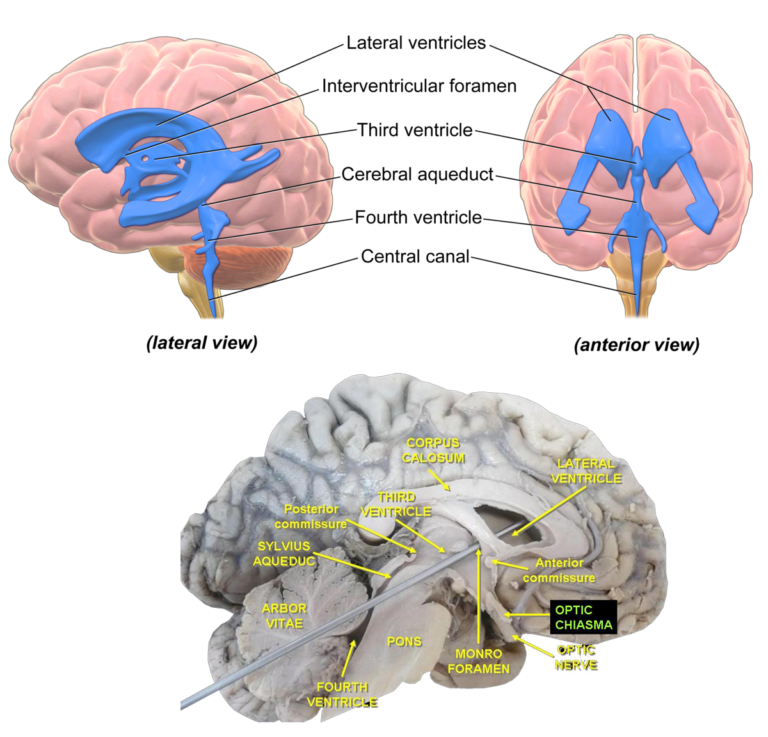
The scientists studied the patterns of electrophysiological activity in the nucleus accumbens of the brain of two patients (both women, 45 and 56 years old) for six months. Both were diagnosed with compulsive overeating and severe obesity.
Recall that the nucleus accumbens is involved in the processing of sensations of pleasure and reward responses, and is also associated with the formation of addictions.
In order to find the characteristic "food" signals emanating from the nucleus accumbens, the patients were implanted with a device that tracks brain activity. The same implant was later used to change activity patterns associated with overeating.
Normally these brain implants are used to treat drug-resistant epilepsy, but in this case the device monitored activity in the nucleus accumbens.
The procedure for inserting electrodes into the brain served two scientific purposes at once - the search for typical brain signals leading to overeating, and ways to "muffle" them.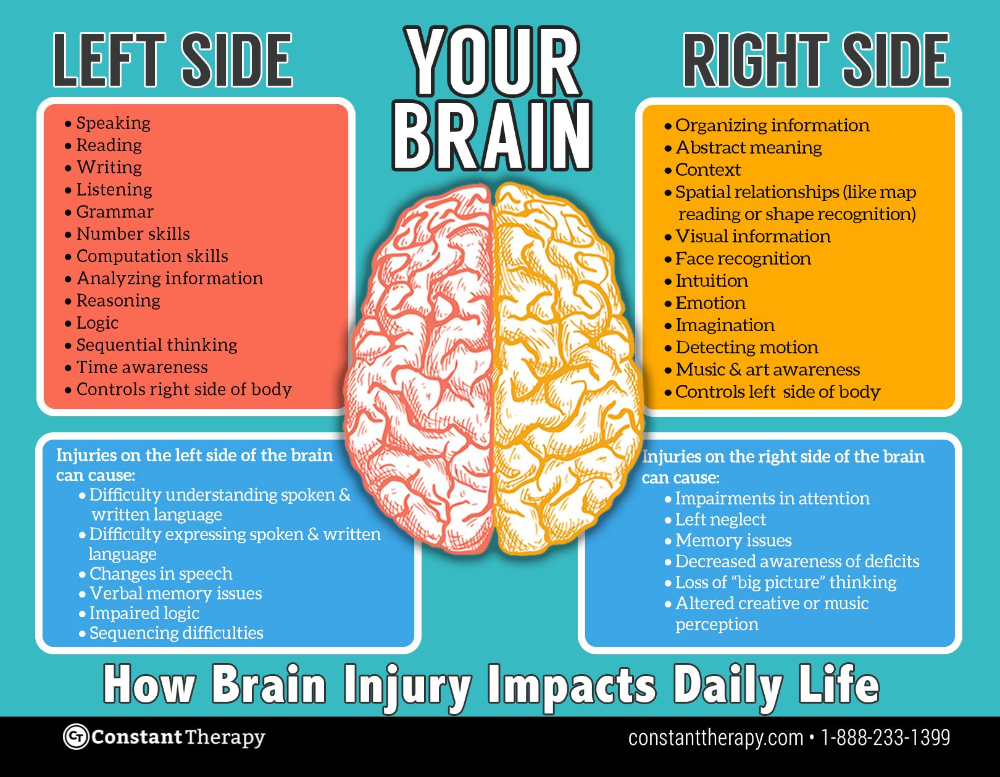 So this operation was justified from the point of view of safety.
So this operation was justified from the point of view of safety.
The brain activity of the patients was measured while waiting for food before the planned meal, as well as during the period of uncontrolled food cravings leading to overeating.
Using these data, the authors identified a low-frequency "signature" of brain activity that was directly related to uncontrolled food cravings in both patients.
The authors then performed deep stimulation of the nucleus accumbens of the participants' brains using an implanted device.
Whenever the device received signals from the nucleus accumbens that indicated uncontrollable food cravings, it automatically stimulated that area of the brain, disrupting the neural circuits associated with those impulses.
As a result, in both patients, after six months of brain stimulation, there was a significant decrease in the number of meals associated with loss of control. This, of course, was followed by weight loss.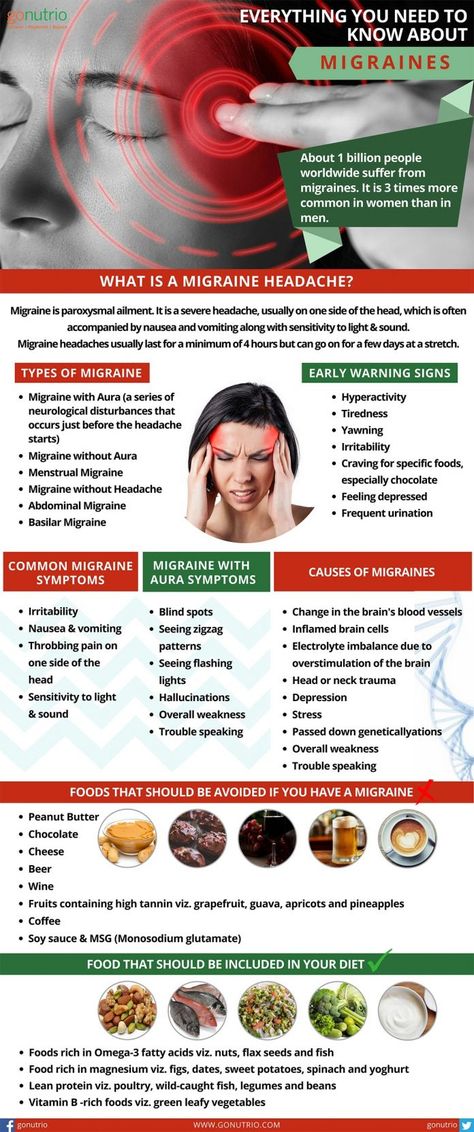
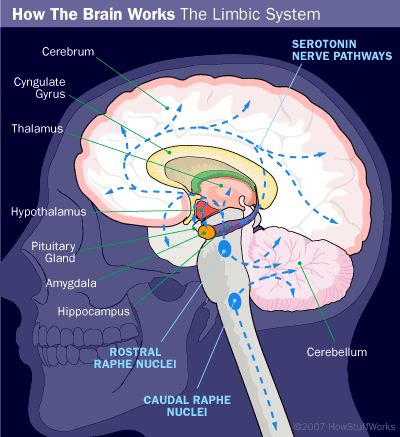 They were also the first to describe this problem (in 2013). Now we would like to conclude scientific research on this. Could you please consider to make a donation for this research?
They were also the first to describe this problem (in 2013). Now we would like to conclude scientific research on this. Could you please consider to make a donation for this research?

